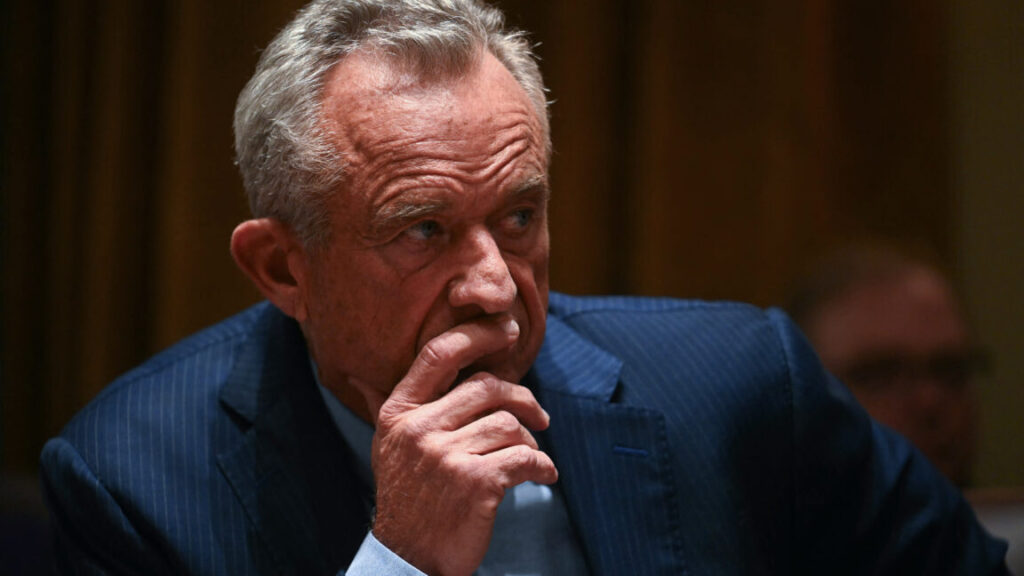What do you actually do in Mario Kart World’s vast open world?
Earlier this month, Nintendo let Ars Technica and other outlets have access to a small hands-on slice of Mario Kart World ahead of its planned June 5 launch. Today, a short livestreamed video presentation gave a bit of extra information about how exactly the full version of the free-roaming Nintendo Switch 2 launch game will work in practice.
As the name implies, Mario Kart World sets itself apart from previous games via a “vast interconnected world” that you can roam freely between the actual race courses. That open space between races will feature “hundreds of P-switches,” Nintendo said, each of which activates a small mission to “hone your driving abilities.” Free-roaming racers will also be able to find hidden medallions and question-mark panels, as well as “drive-thru” food items that can be used to unlock new outfits.
“Hundreds” of P-Switches like this will activate short missions throughout the game’s world. Credit: Nintendo
While cruising around the Mario Kart “world,” players will stumble onto new courses “inspired by their surrounding region,” as well as “nostalgic courses for past titles… reimagined and spread throughout the world.” When playing in Grand Prix mode, the drive between these courses will be integrated into the usual four-course cups themselves; after racing Mario Kart Circuit in the Mushroom cup, for instance, the second race “will have you covering the distance from Mario Bros. Circuit to Crown City,” Nintendo said.
The game’s other main race mode, Knockout Tour, slowly whittles 24 racers down to just four via checkpoints spaced throughout the course. These “extended rallies” will take racers across the game world, with one track seamlessly flowing into another on a preset path.
“A vast, interconnected world.” Credit: Nintendo
Players who prefer a more traditional three-lap race on a single course can do so via the game’s VS Mode races. The traditional battle mode will also return, with a Balloon Battle mode focused on hitting other players with weapons and a Coin Runners mode focused on getting more money than your opponents.
What do you actually do in Mario Kart World’s vast open world? Read More »





















